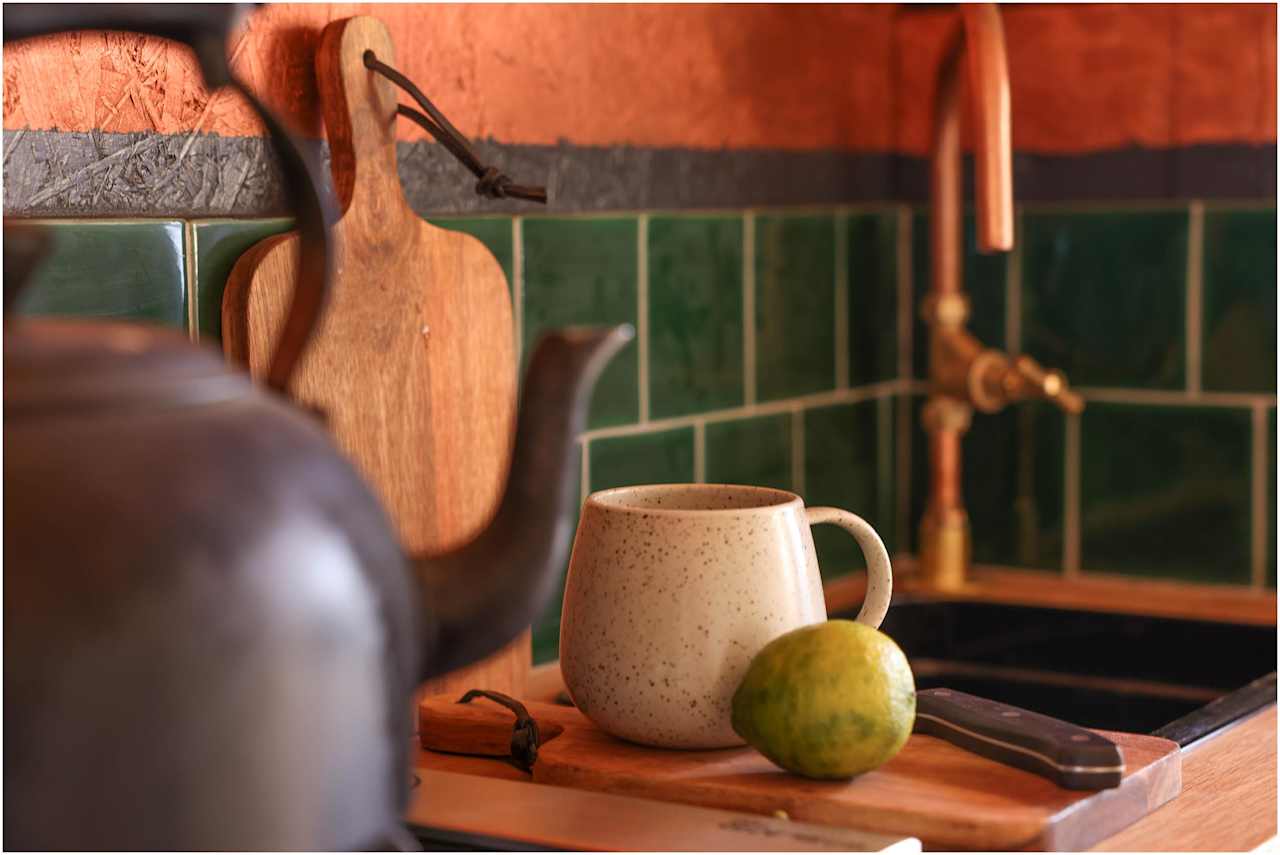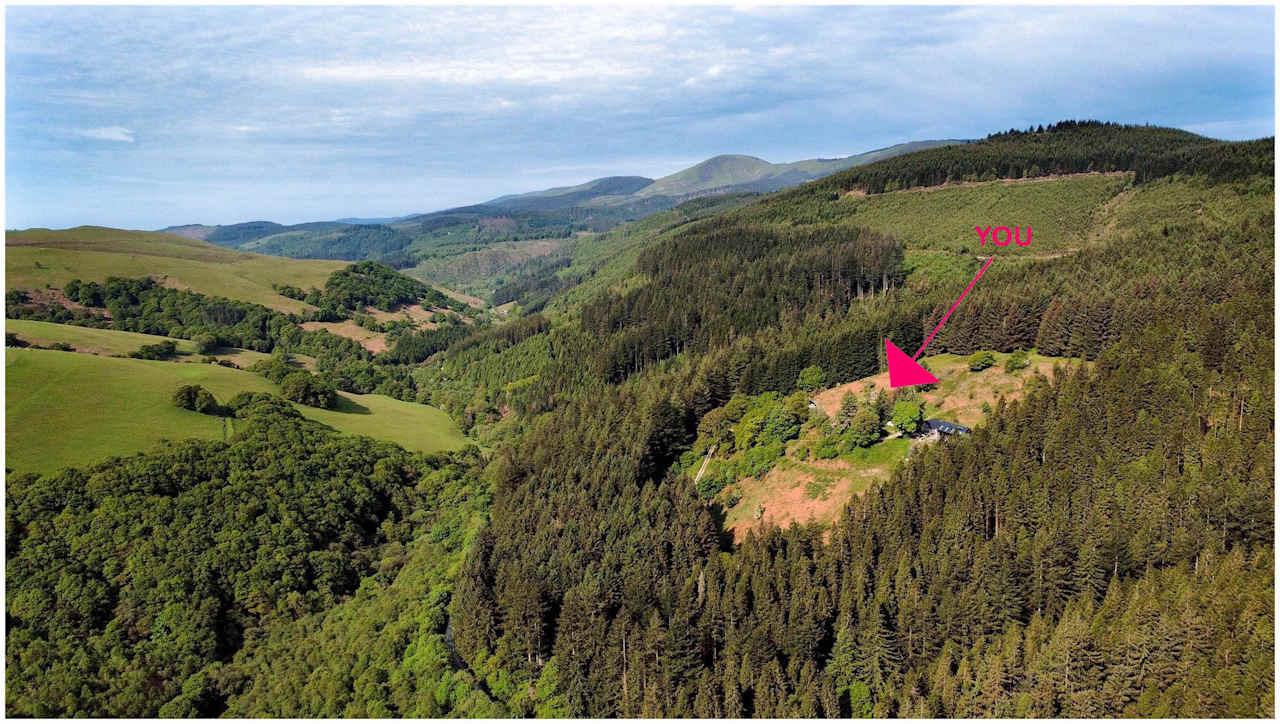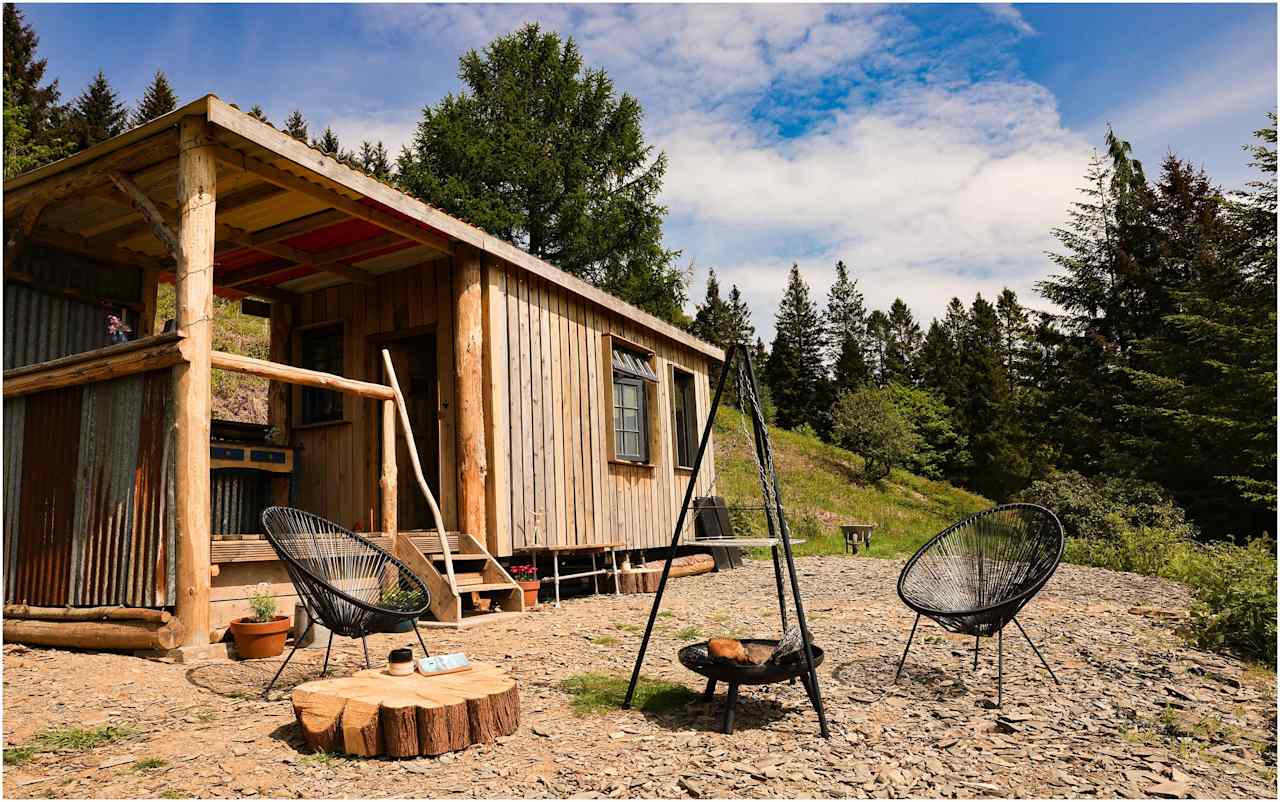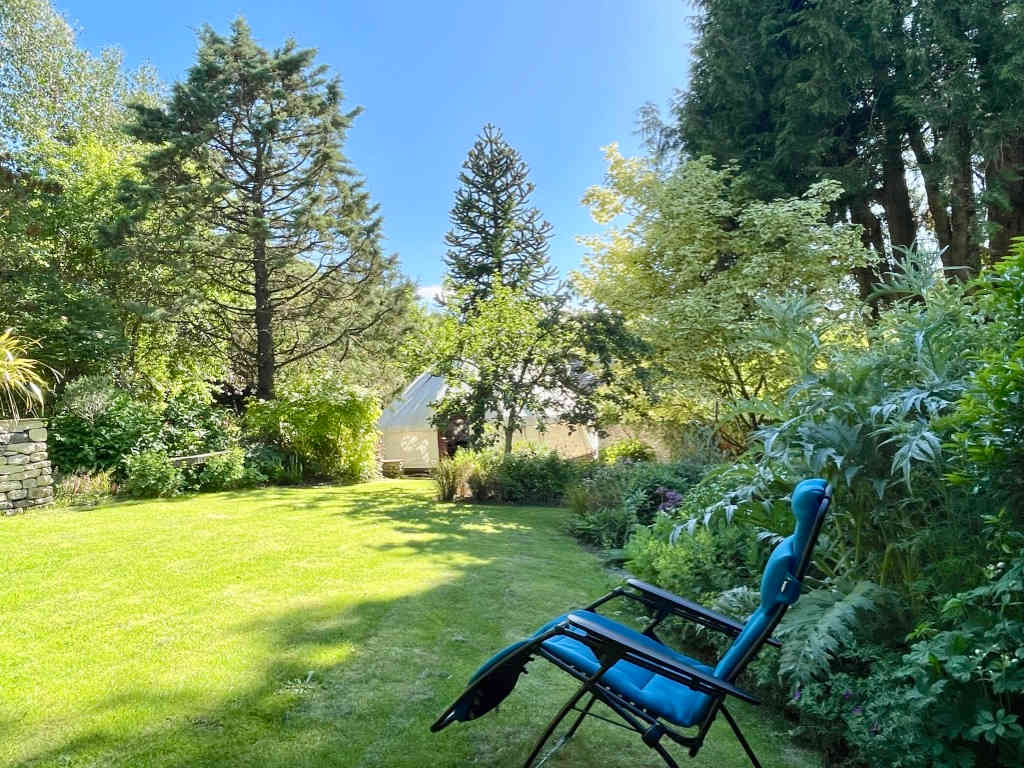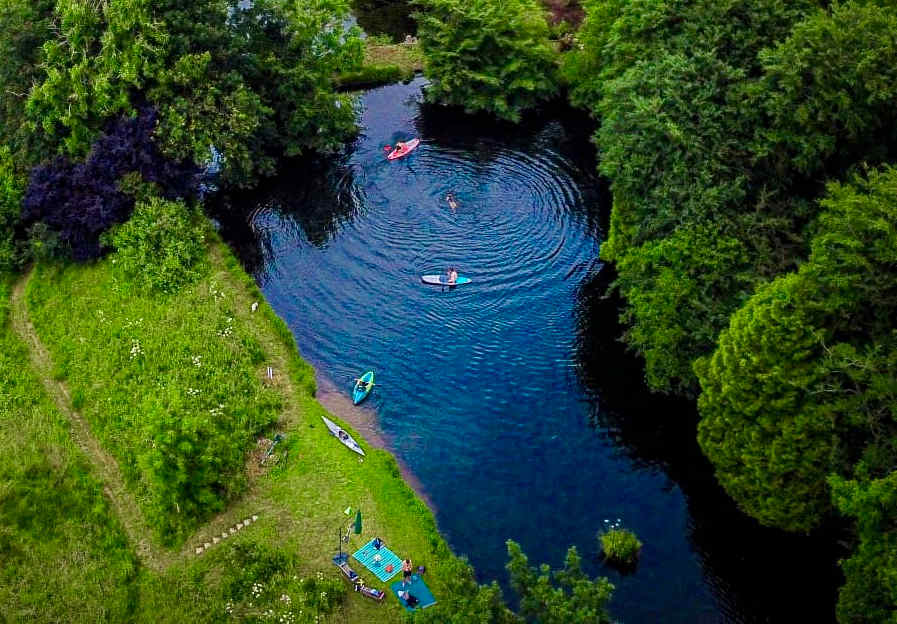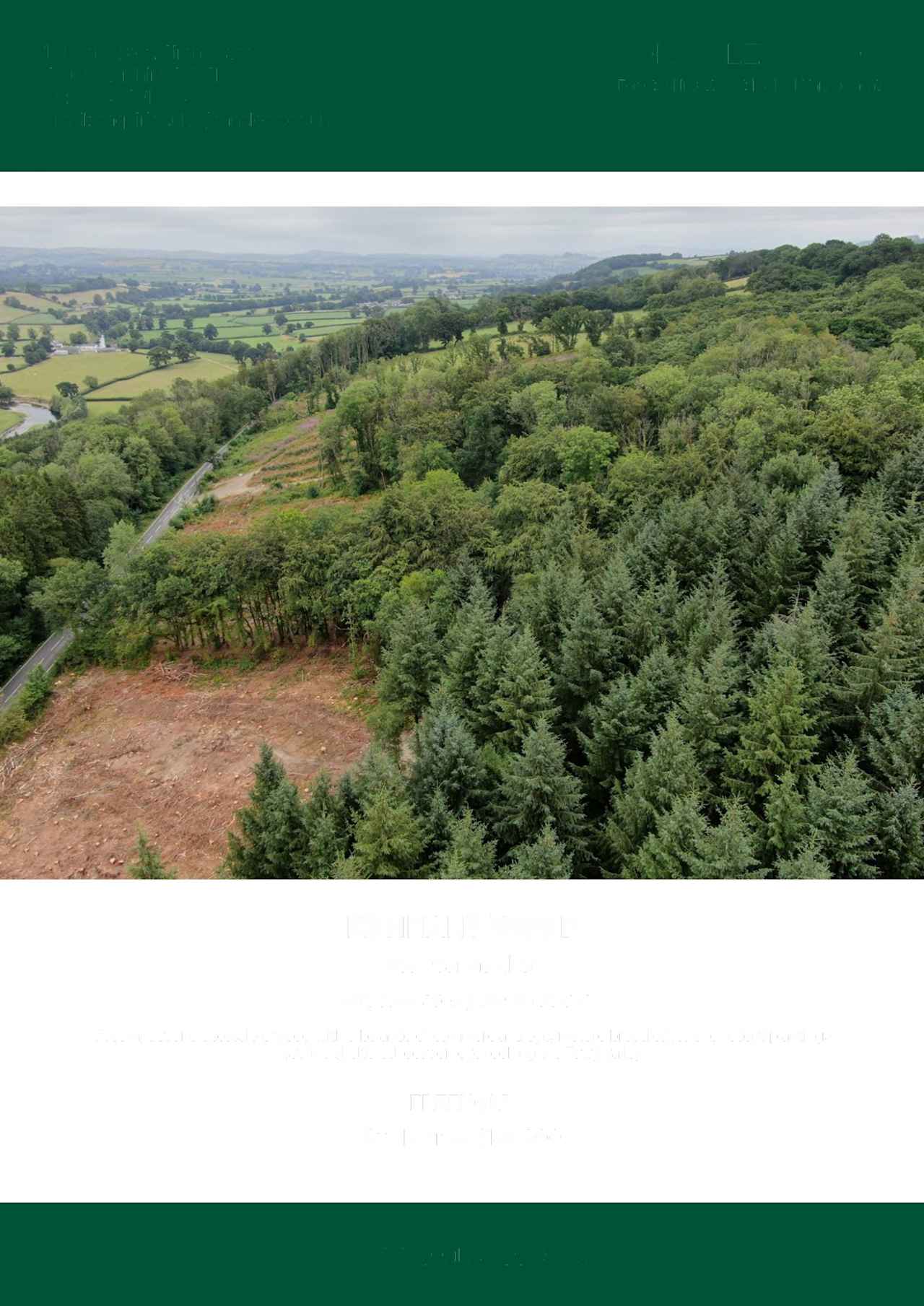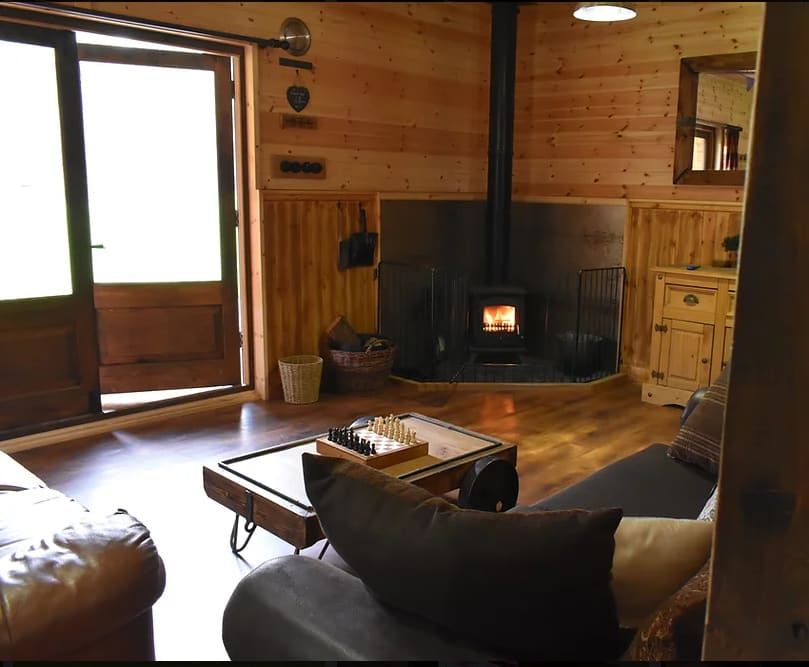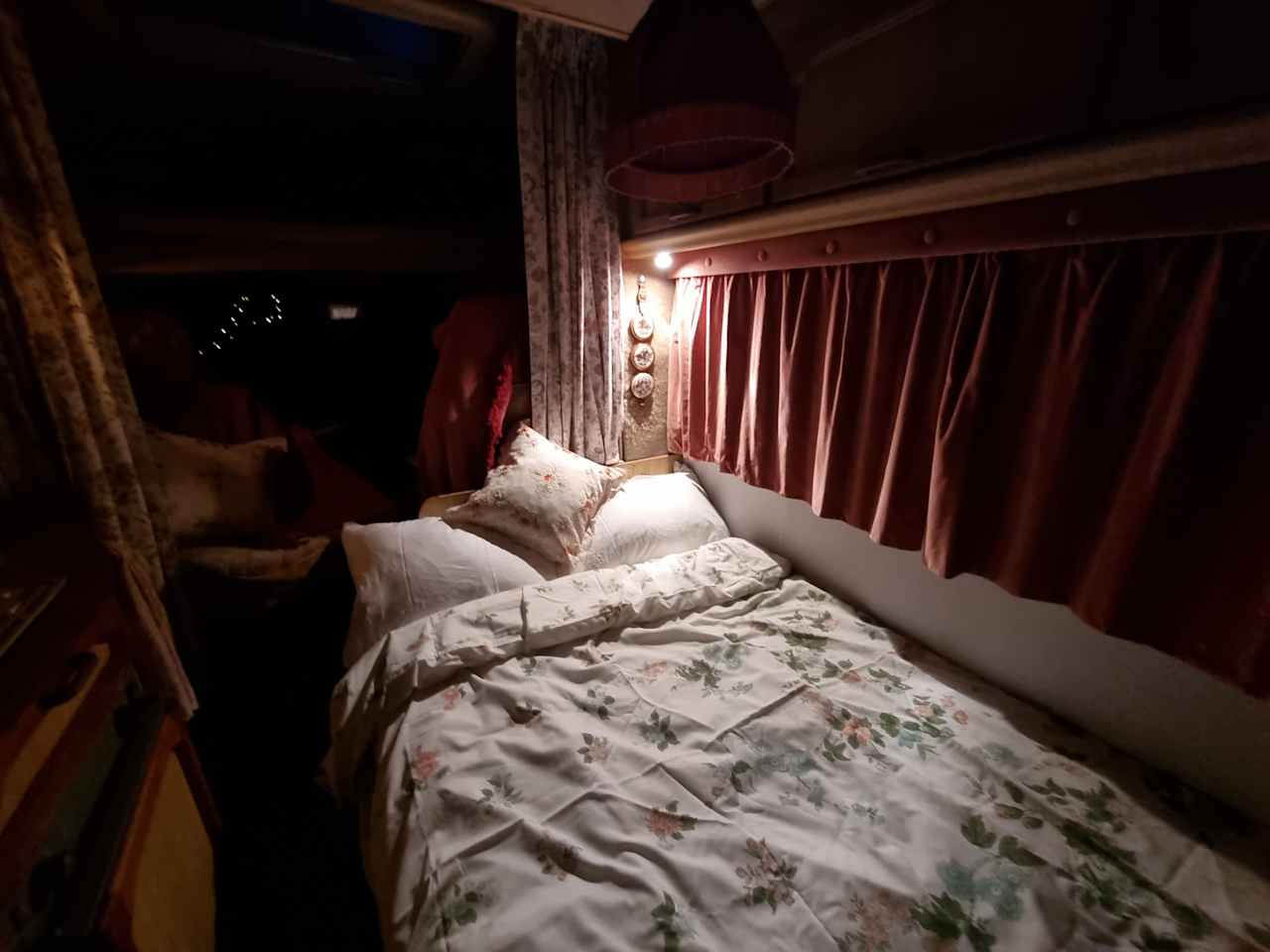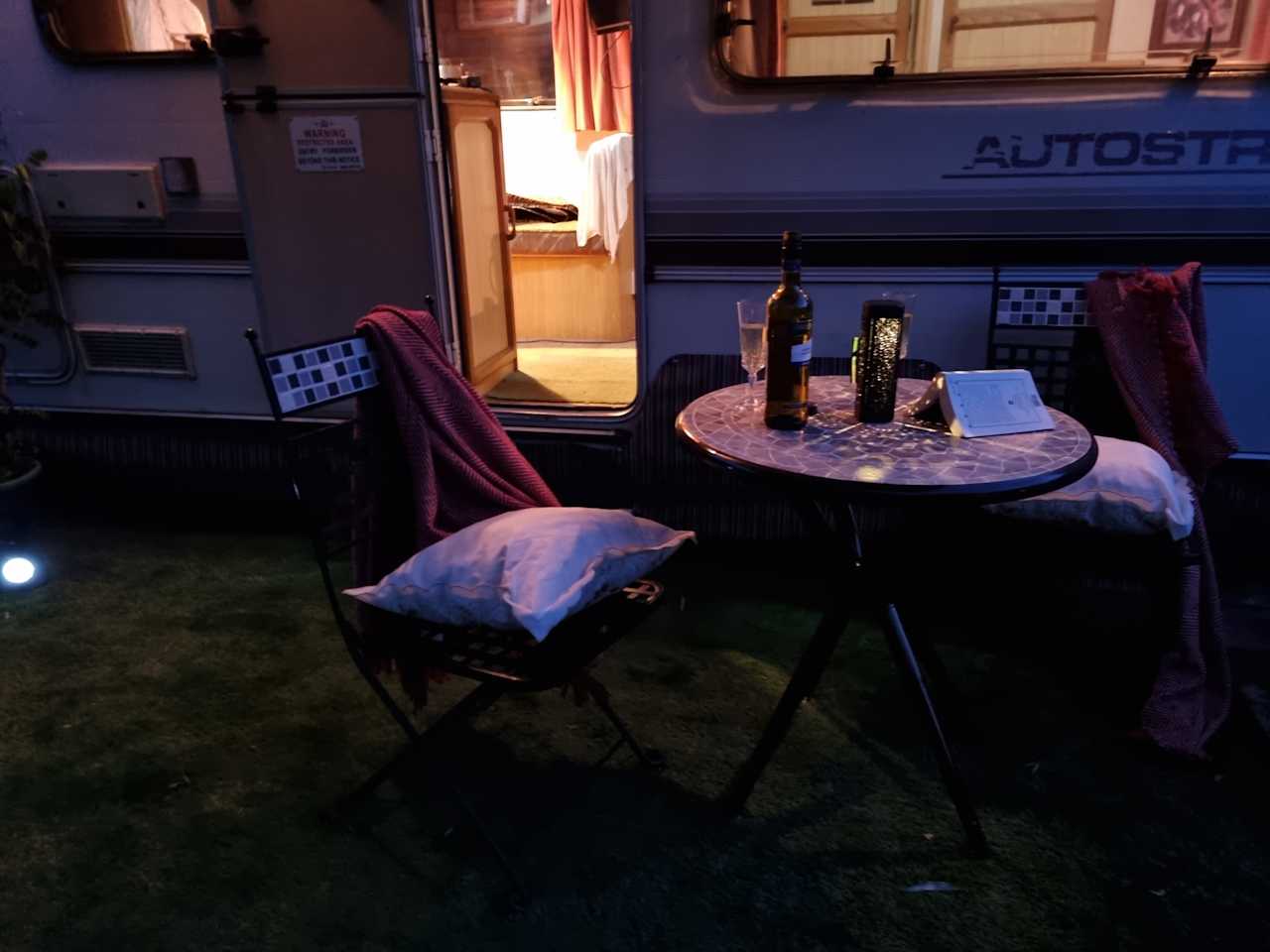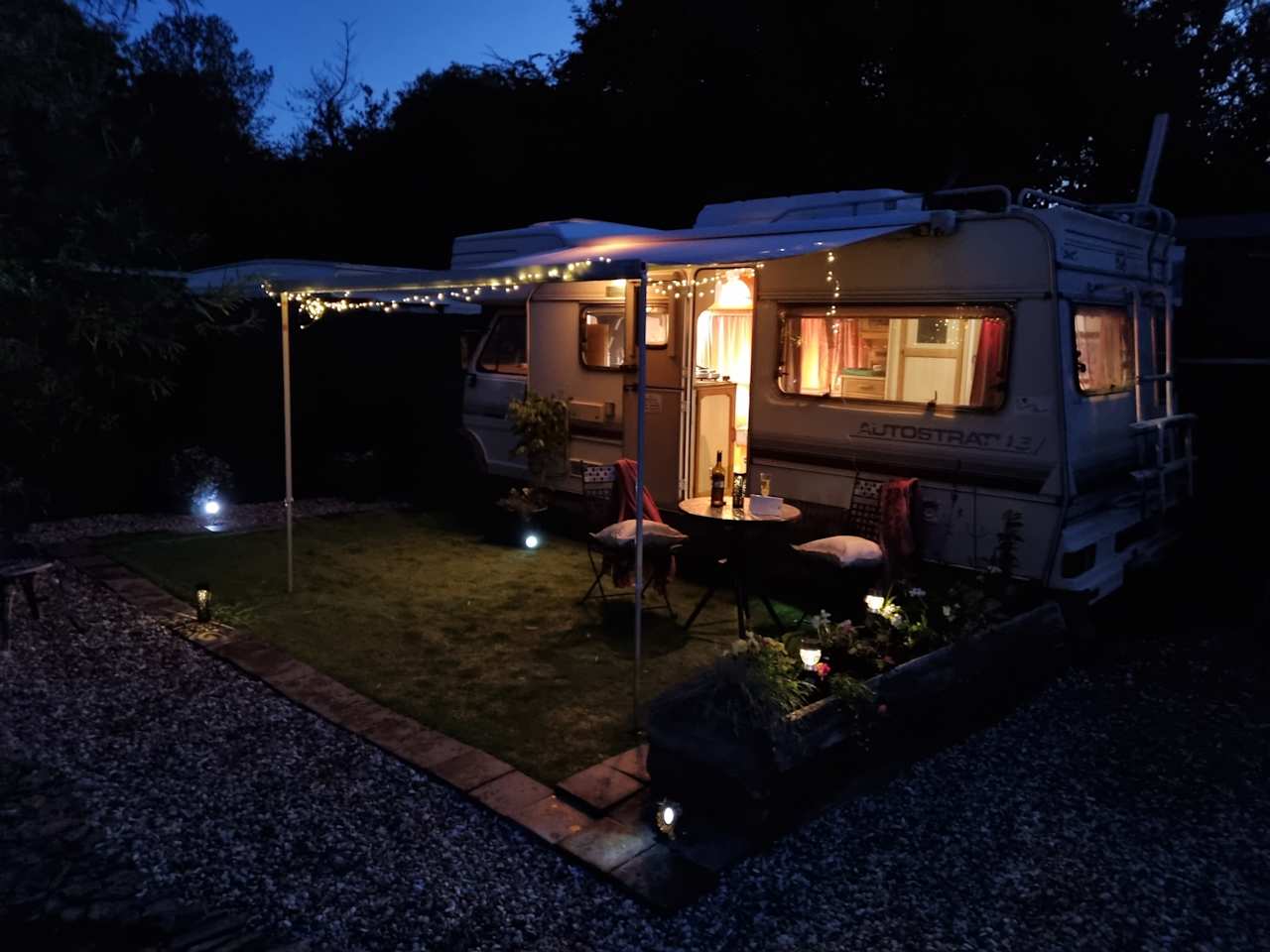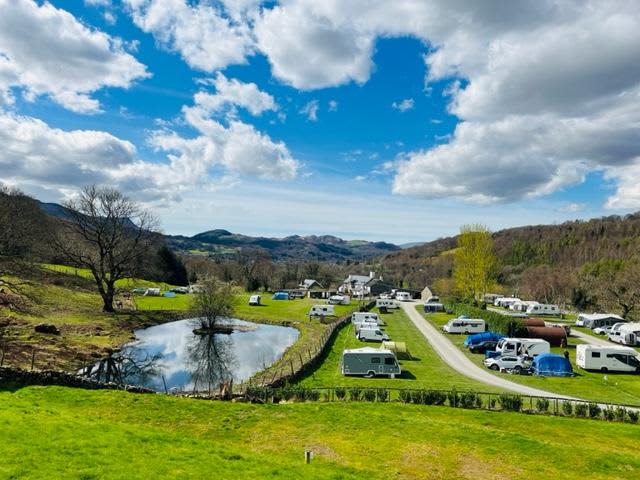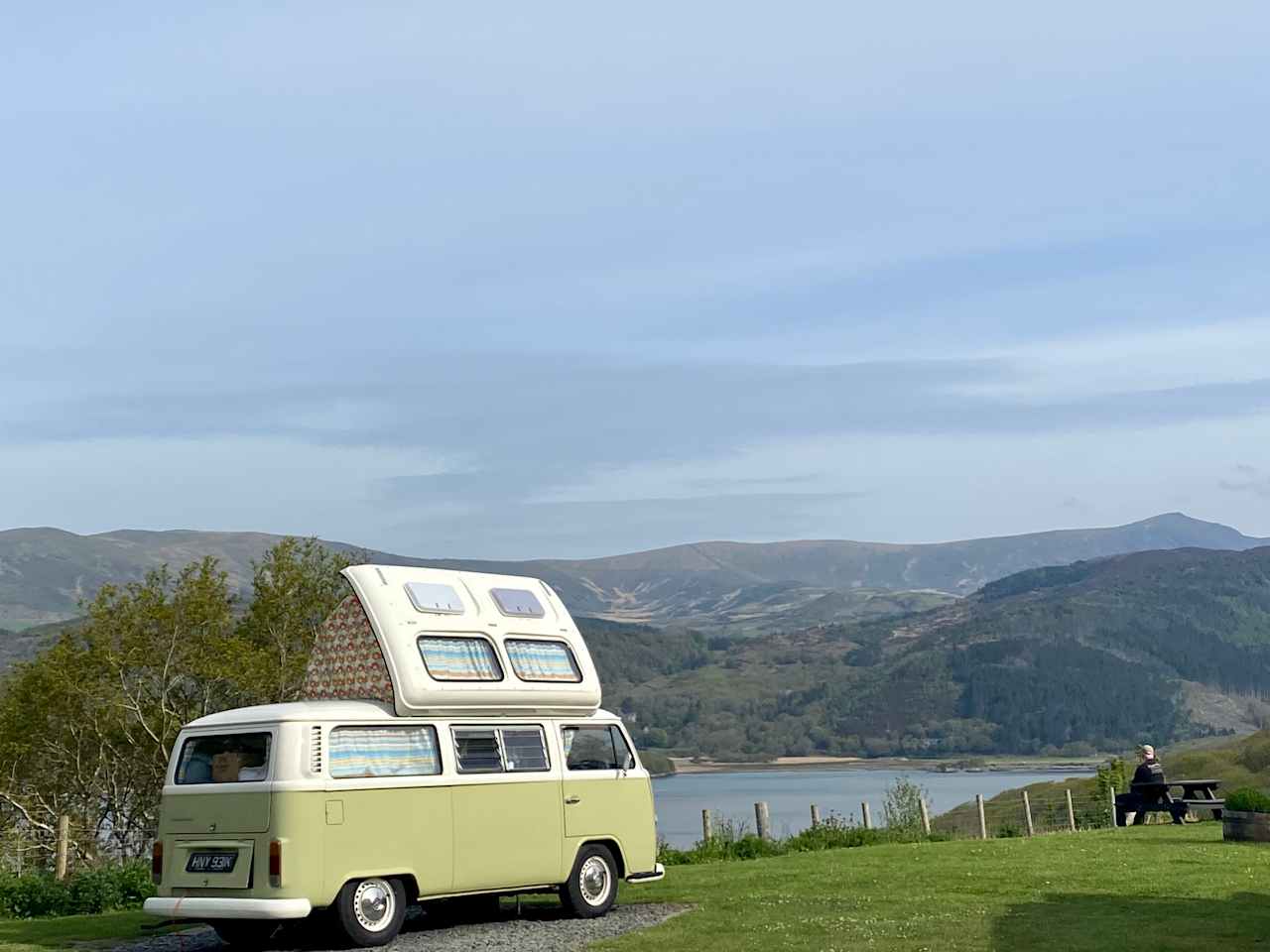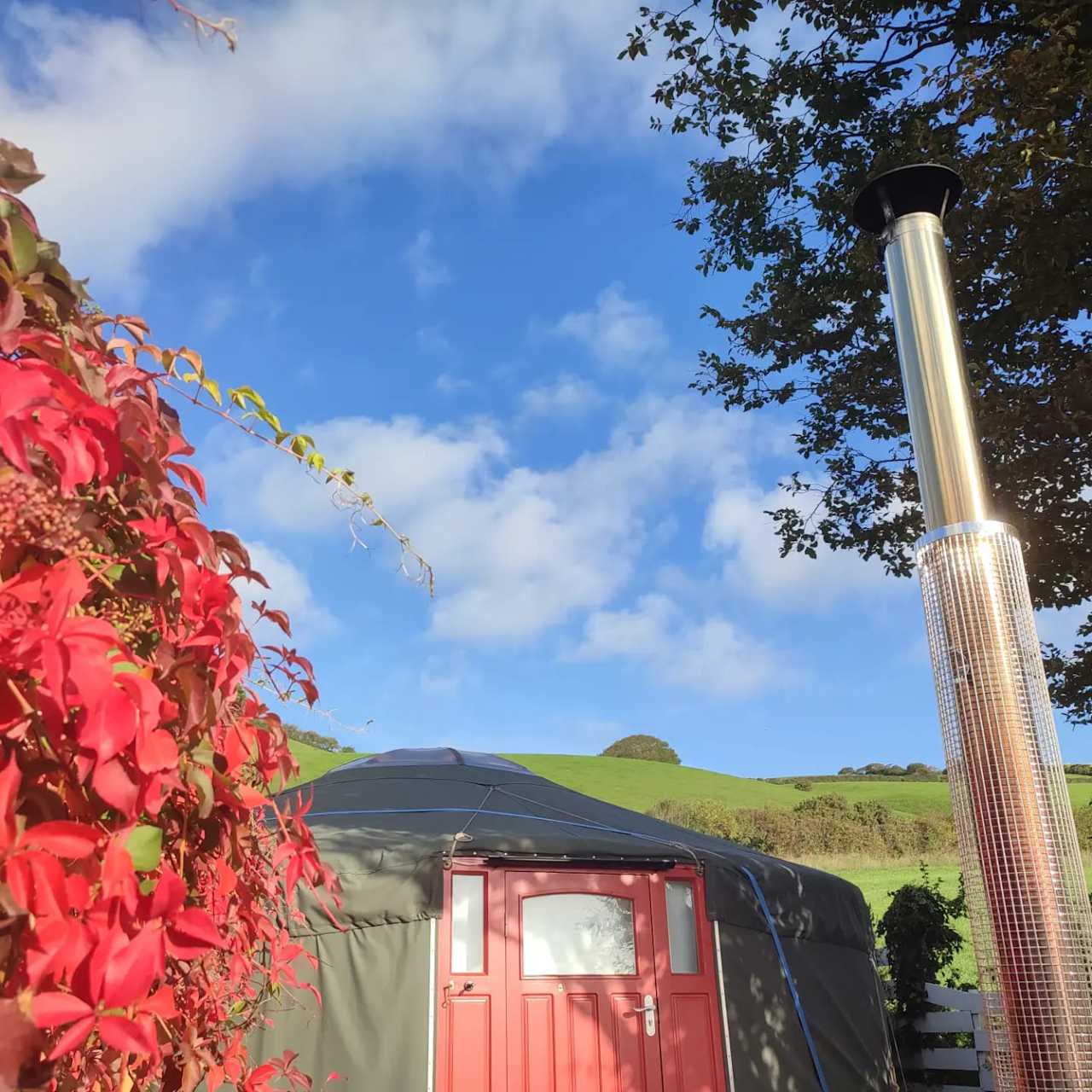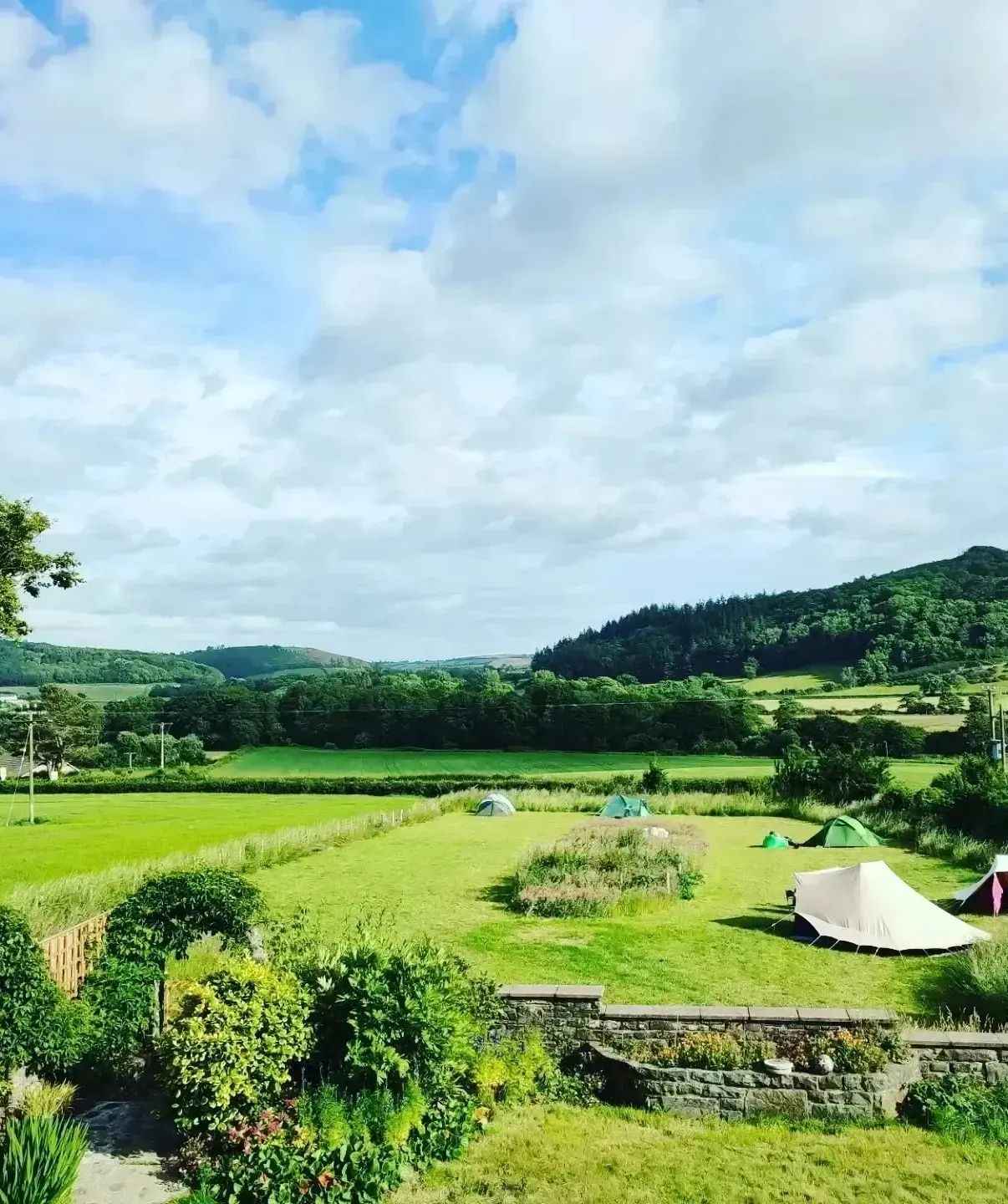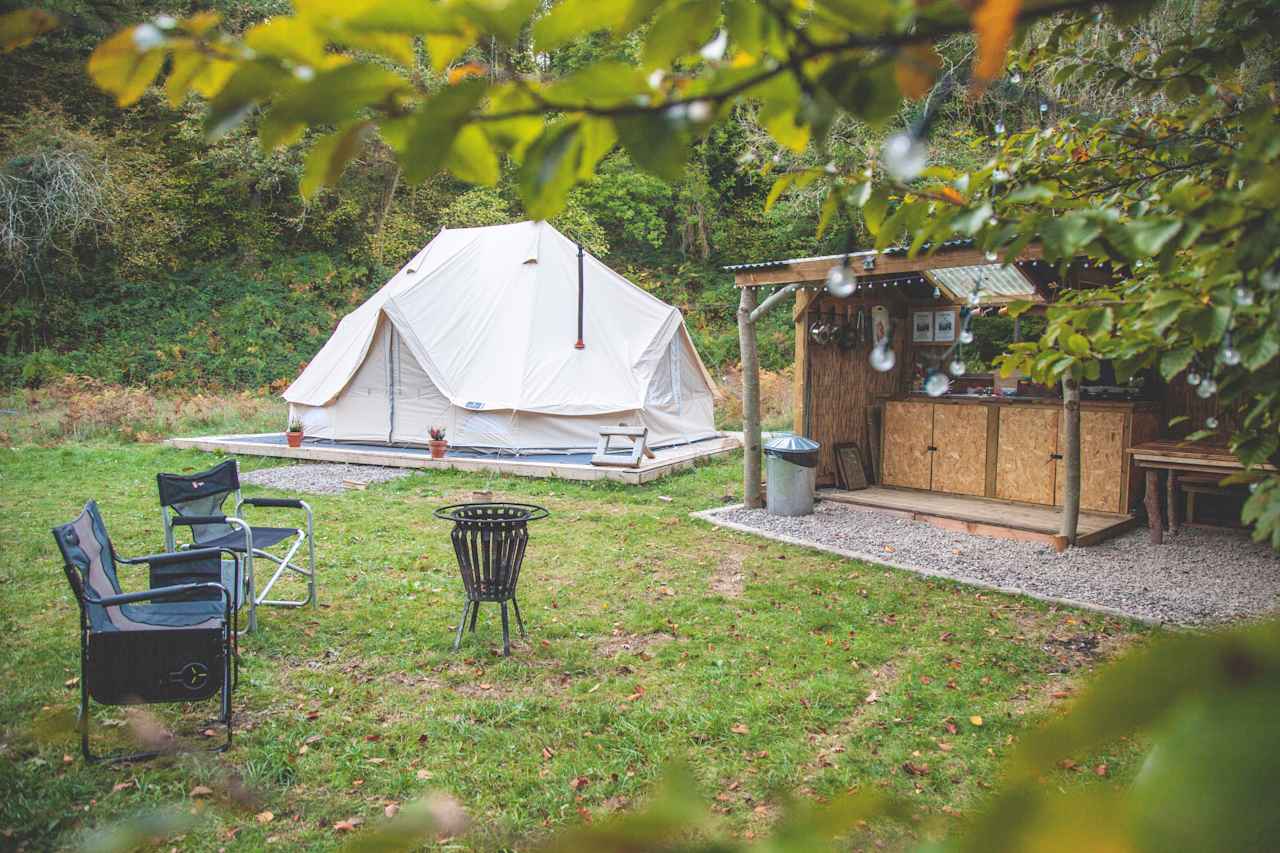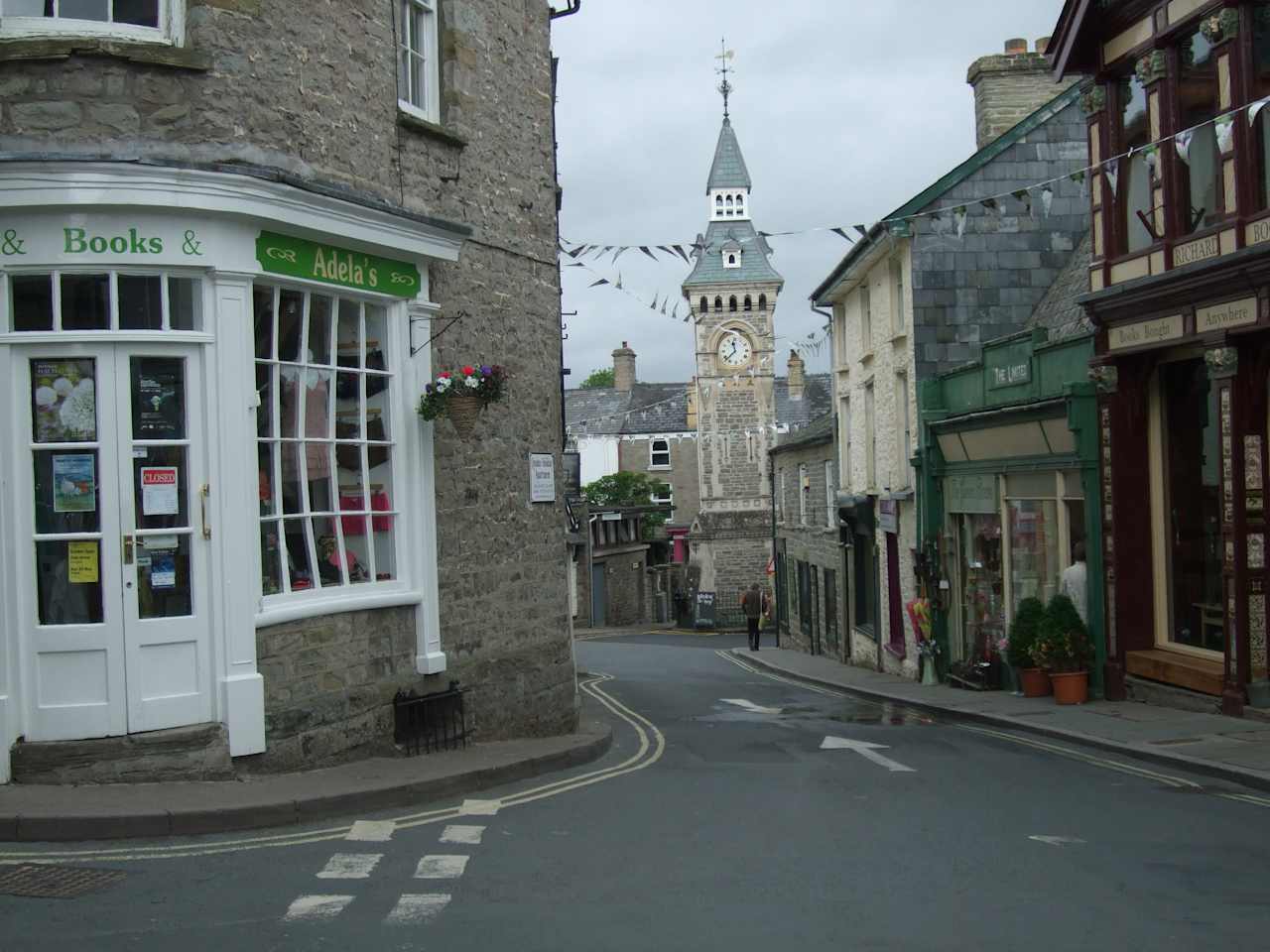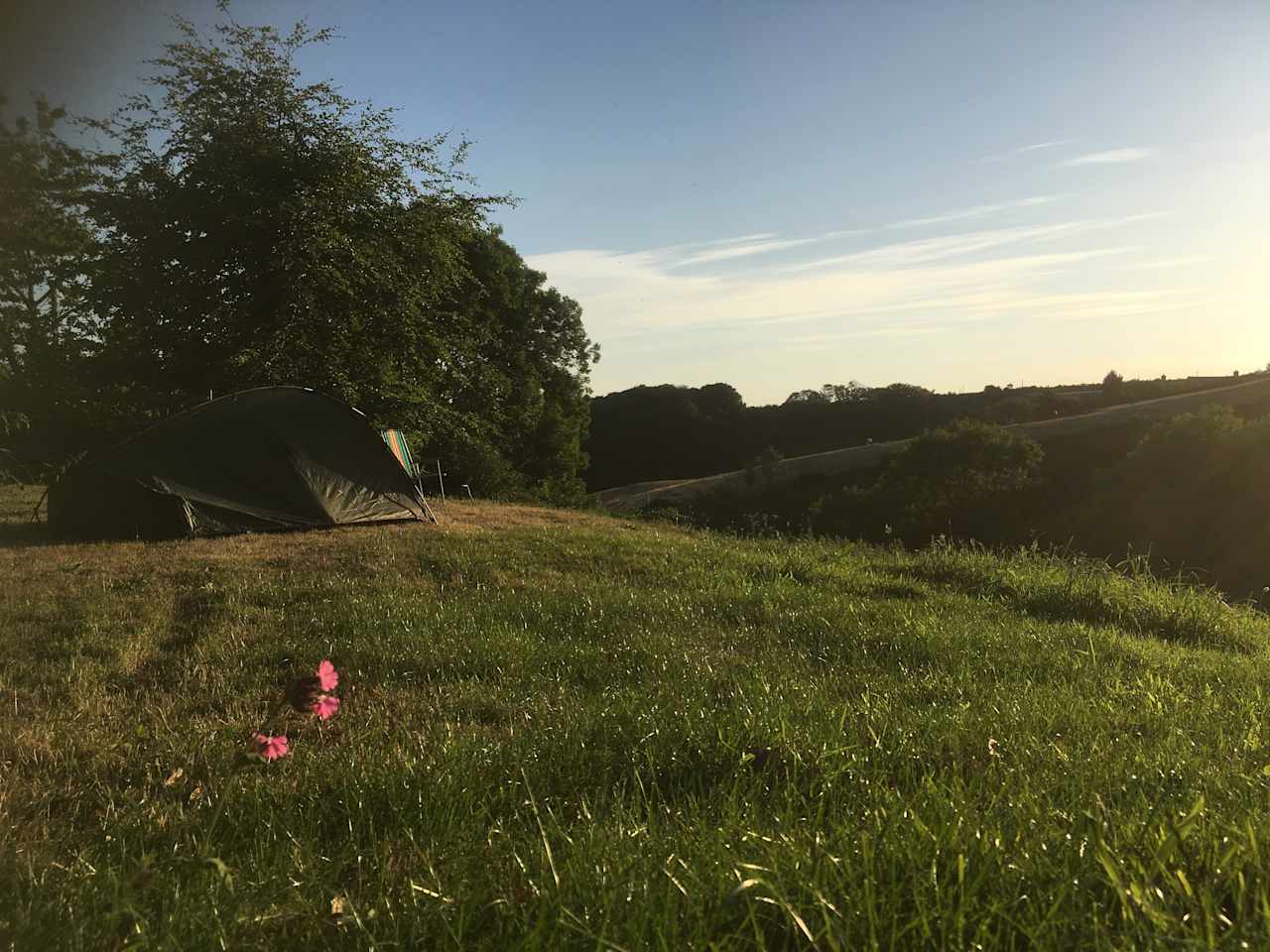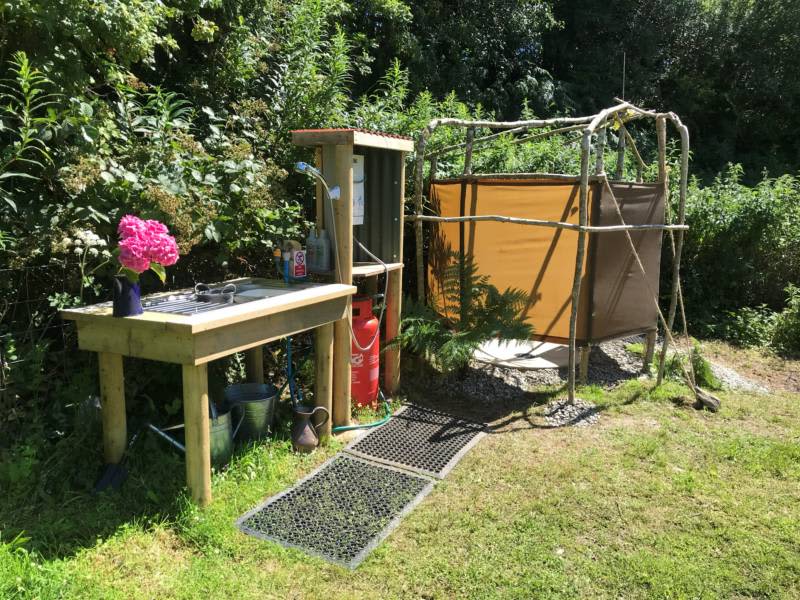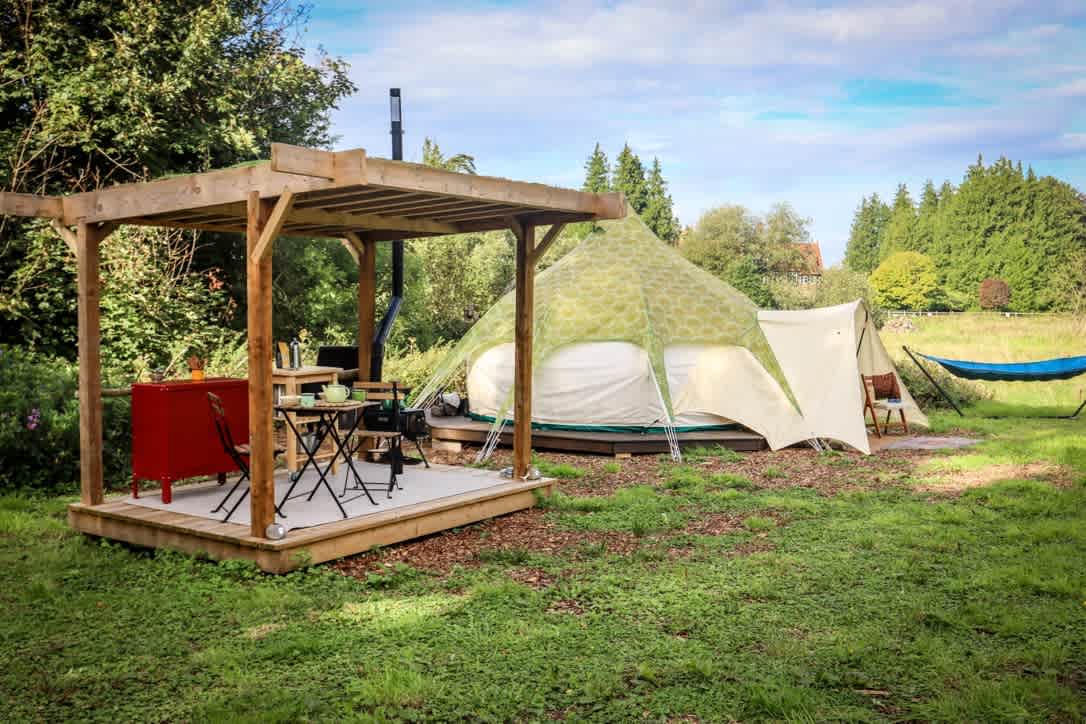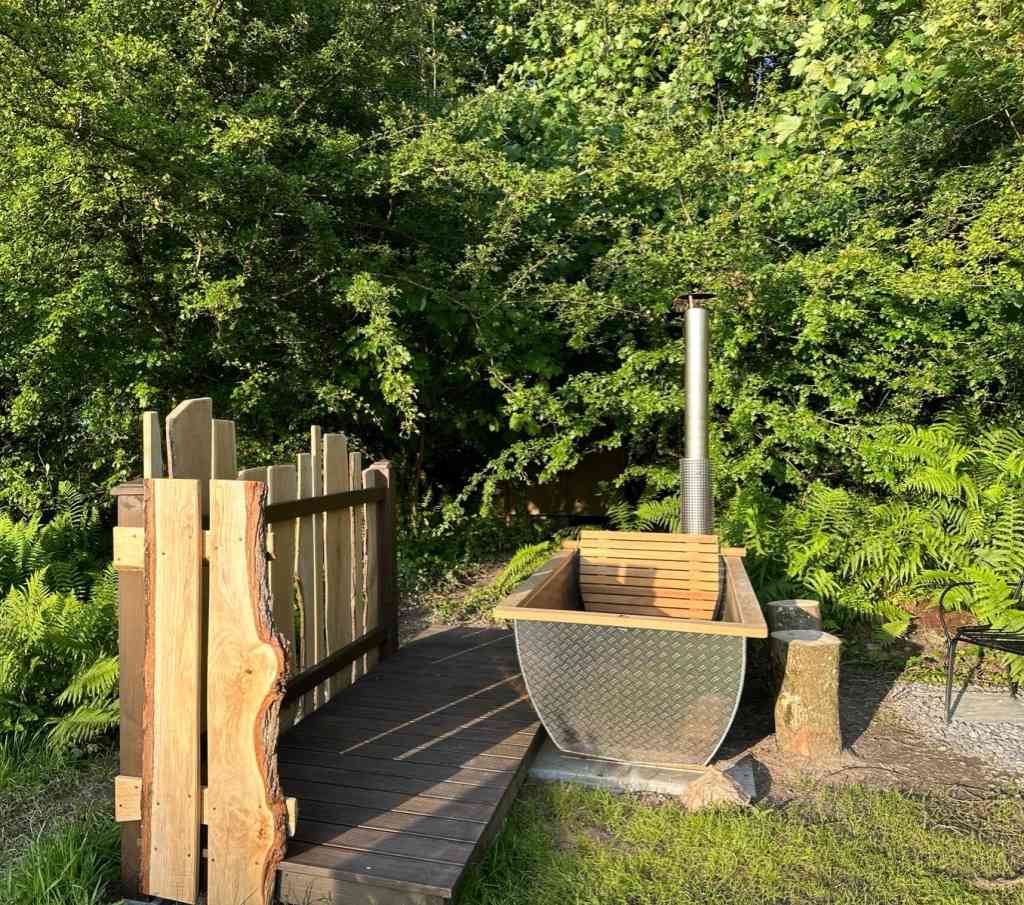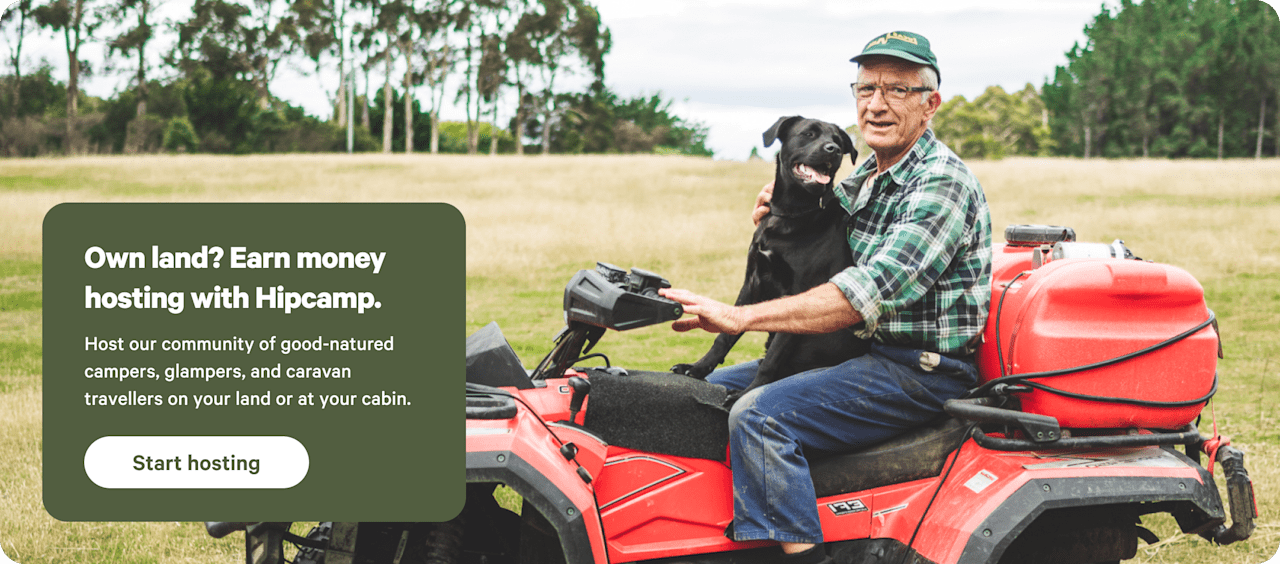Campsites near waterfalls in Brecon Beacons National Park
Go starry eyed for camping amid the Black Mountains and castles of the Brecon Beacons National Park.
- Brecon Beacons National Park
Community favorites in and near Brecon Beacons National Park
Top-rated campgrounds reviewed by the Hipcamp community.
Dyfi Forest Retreats
Yurt and Walled Garden
Finnant Wood Wild Camping
Mehefin Coed
12 top waterfall campsites in Brecon Beacons National Park
Torrent Walk Campsite and Bunkhouse
Graig Wen - Wild Snowdonia Escapes
Eden's Nook
CampSiriol for Sea, Hills & Sky
Cuddfan - The Hiding Place
Top Of The Woods Camping & Glamping
Newcourt Farm Campsite
Camp at Nantgwynfaen Organic Farm
Cae Nant Glamping
Wellstone Camping


Campsites near waterfalls in Brecon Beacons National Park guide
Overview
As one of the only International Dark Sky Reserves in Wales, there are few better places to go camping, glamping, or caravanning than the river valleys and hills of Brecon Beacons National Park. On a camping holiday, you can scale popular Pen-Y-Fan; hike, bike, or go pony trekking along the area’s myriad public footpaths; go sailing, canoeing, or kayaking on Llangorse Lake; or climb aboard the Brecon Mountain Railway. All of it is surrounded by dog-friendly campsites and spots where campervans are welcome—not to mention that the park is just an hour outside Cardiff and Swansea in South Wales. Brecon Beacons’ national park status means it’s one of the top spots in the country to pitch a tent, and at any campsite, you will have adventure on your doorstep. Whether you’re after a farm stay, somewhere to park your campervan, or a simple clearing for your tent as you hotfoot across the countryside, we’ve got you covered.
Top Things to Do in the Brecon Beacons
The Brecon Beacons is an adventurer’s paradise with opportunities on land and water—The Beacons beckon runners, walkers, and peak baggers who want to conquer the national park’s highest peak, Pen-y-Fan, as well as climbers and cavers looking to explore the limestone caves and outcrops. But it’s not just a place for experienced explorers, as there are plenty of relaxing outdoor pursuits too.
Hiking and Walking
Hiking the 833-metre summit of Pen-y-Fan is likely the most popular activity in the Beacons, but with 2,000 miles of footpaths across the park, there's lots to choose from. Navigate your own route or follow waymarked trails like the Beacons Way, a 99-mile route running east-to-west. Offa’s Dyke Path also dips into the park as it traces the Welsh-English border. There’s more level walking along the tow paths of the Mon and Brec Canal, which joins the longer-distance Taff Trail. This 55-mile route links to Cardiff, largely following old railway lines and making for pleasant cycling. To see some of the park’s waterfalls, follow the five-mile Four Falls Walk.
Biking & Climbing
This area claims some of the best mountain biking terrain in Wales, and the activity hubs of Brecon and Crickenhowell are the places to find routes. Climbing hotspots are plentiful too—these tend to be in the south of the park, along the limestone ridge that’s also home to the cave systems that make potholing and caving so popular here.
Water Sports
Kayaking, canoeing and paddleboarding can be enjoyed on the canal, even by beginners. The faster flowing Rivers Usk and Wye are home to some higher-graded waters for more experienced paddlers.
Family Fun
Brecon attractions include the Cantref Adventure Farm, where farmyard fun will be a hit with the kids. Another family favourite, this one on the south side of the park, is the Brecon Mountain Railway, which offers the chance to see the scenery without having to pull on the hiking boots. Elsewhere, the subterranean world is revealed at the National Showcave Centre of Wales, where visitors can explore part of an underground cave system discovered by two farmers in 1912. This spot has 10 attractions rolled into one admission ticket, including one of Europe’s largest dinosaur parks. About an hour east, you can head back underground at the Big Pit National Coal Museum to find out about Welsh industrial history.
Top Towns and Villages in the Brecon Beacons
There are lots of scenically situated villages in the Beacons, with most of the larger towns set around the park’s edges. Crickhowell in Monmouthshire Is the exception, located in the heart of the park and connected to Brecon on the northern edge. This walking hub offers outdoors shops, walking routes through the town, and an annual walking festival each March. But for many campers, Abergavenny, six miles south of Crickhowell, is the first Beacons town they come across. A gateway to the park on its very southern boundary, Abergavenny is a market town and a great place to pick up supplies.
At the other end of the A40 artery through the eastern end of the national park, Brecon is another town with independent shops, outdoor retailers, and the Brecon Beacons National Park Visitor Centre, where campers can grab maps and information (or hit the tearoom with its views of Pen-y-Fan).. Here, art galleries and small museums can keep campers occupied on rainy days too. And its canal basin is the launching point for cruises down the Mon and Brec Canal, as well as the starting (or finishing) point of the 55-mile Taff Trail.
From Brecon it’s 15 miles east to another Beacon gateway town: Hay-on-Wye. On the very northeastern tip of the national park, this town of books features lots of second-hand bookshops and a famous literary festival. It’s also on the banks of the River Wye and on Offa’s Dyke National Trail, which traces the Welsh-English border. Over on the western edge of the national park, Llandeilo in the Towy Valley is another attractive town that was once an ancient capital of Wales—nearby Dinefwr Castle serves as a reminder.
Notable campgrounds
Classic camping in the Brecon Beacons National Park
- Best for riverside views: Digeddi Wildlife Camping has a caravan park, tent, and glamping options on the banks of the River Wye, near Hay-on-Wye itself.
- Best for walkers: Pencelli Castle Caravan and Camping Park is well-connected by biking and hiking paths.
Tips for snagging a campsite
Glamping in the Brecon Beacons National Park
- Campsites in the central Beacons and eastern reaches of the Brecon Beacons National Park tend to be more family-friendly and easily accessible, so if you want to escape crowds even during peak times, head west.
- Visit outside of peak season—July and August—if you want to stay at a more popular or central campsite. These months see the arrival of the school holidays and lots of visiting families.
- There are a mix of year-round and seasonal campsites in the Brecon Beacons. Most basic campgrounds are closed for winter, while glamping sites often tend to open all year.
When to go
Things to do in the Brecon Beacons
Like much of Wales, the best time to hike and camp in the Brecon Beacons National Park is undoubtedly summer. However, these months bring larger crowds and families from further afield. Visit in spring for wildflowers, drier days, and cooler weather, as well as the world-famous Hay Festival, or come by in autumn for picturesque foliage, fewer people, and Abergavenny’s Food Festival. Expect year-round rain, whether drizzle or downpours, in this wet part of the world.
Know before you go
- Brecon, Hay-on-Wye, and Abergavenny are the main (but still small) towns in the Brecon Beacons. Stock up on any essentials or niche items before you get there.
- Driving in the Brecon Beacons involves twisty mountain roads, narrow country lanes, and lots of dead ends. Scenic, yes, but also tricky to navigate at times in a motorhome or with a caravan.
- Although blogs regularly promote the Brecon Beacons National Park as a great wild camping destination, keep in mind that this practice is technically illegal in Wales.
- Much of the Brecon Beacons National Park is privately owned, so stick to well-signposted, public footpaths.
- The Beacons are more accessible than Snowdonia National Park thanks to its eastern edge on the border with England. Its peaks are a main draw, set across four mountain ranges: the Central Beacons (after which the park is named) and the Black Mountains in the east, plus the Fforest Fawr massif and the (similarly named) Black Mountain Range in the west.
